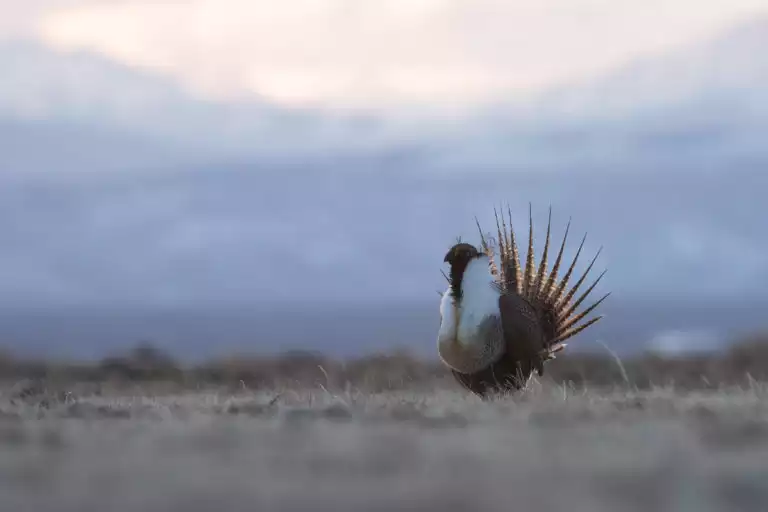
We’re looking forward to the Princeton Environmental Film Festival, coming up this year April 1-10. The 16th annual festival features 16 films that explore environmental sustainability from a variety of angles and perspectives. All of the films will be available to stream online through the Eventive platform. Nine of them will also be screened at the library and will be followed by Q&As or discussions with filmmakers and others.
The full list of films can be viewed on our website’s PEFF page. In-person screenings and events include:
April 2, 2 p.m., Screening and Q&A
A woman who spent her childhood along the polluted Passaic River returns decades later to tell the river’s story during a 4-day kayak trip from its pristine source to the toxic Newark Bay. The screening will be followed by a Q&A with filmmaker Scott Morris and biologist and journalist Mary Bruno, the central character in the film. Register here.
April 3, 1 p.m., Screening and Panel Discussion
Pulitzer prize-winning journalist Art Cullen and his family fight to unite and inform their rural Iowan farming community through their biweekly newspaper, The Storm Lake Times. Former Mayor Liz Lempert will moderate a post-screening panel discussion featuring local journalists Anne Levin, Town Topics; Richard Rein, TAPintoPrinceton; and Charles Stile, North Jersey Media Group. Register here.
April 9, 1 p.m., Screening and Q&A
Shot over 10 years, this documentary short shows what happened when a New York City couple moved to New Jersey and replaced their typical suburban lawn with native plants. Filmmaker Sarah Galloway will be joined in a post-screening Q&A by Dave Comins, her husband. Register here.
April 10, 3 p.m., Screening and Q&A
Bizarre Soviet irrigation experiments in Southern Ukraine created a slow eco-disaster which continues today. Sasyk Estuary, by the Black Sea, is ground zero for a battle between eco activists vs. poachers, bureaucrats and corrupt officials. The Sasyk Estuary, what happened to it, becomes a metaphor for the history of Ukraine itself. Filmmaker Andrea Odezynska will be joined in a post-screening discussion by Jim Waltman, executive director of the Watershed Institute. Register here.
Photo credit: Patrick Newcombe from “Glory of the West: Saving Sage-Grouse in America the Beautiful.“
